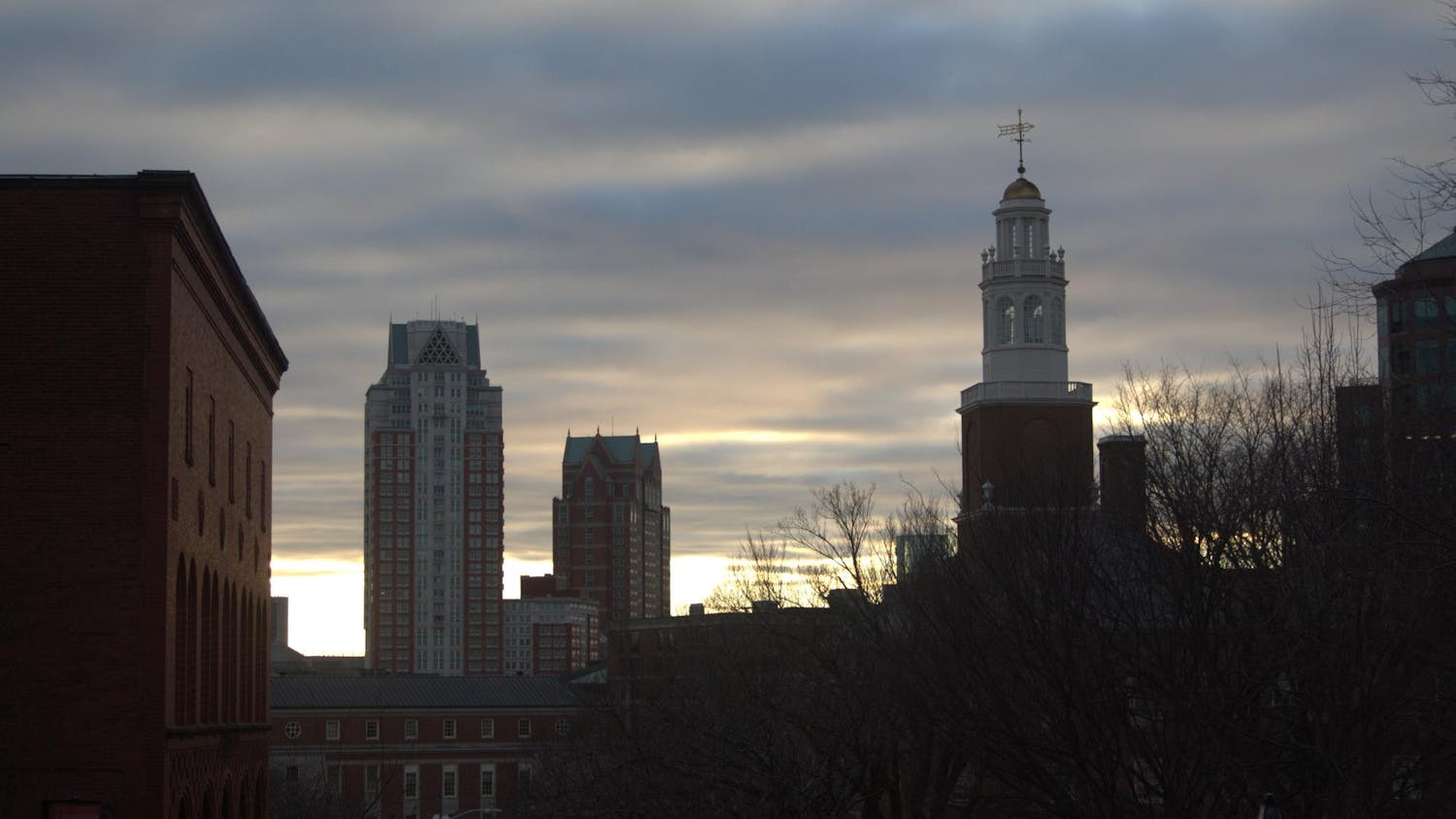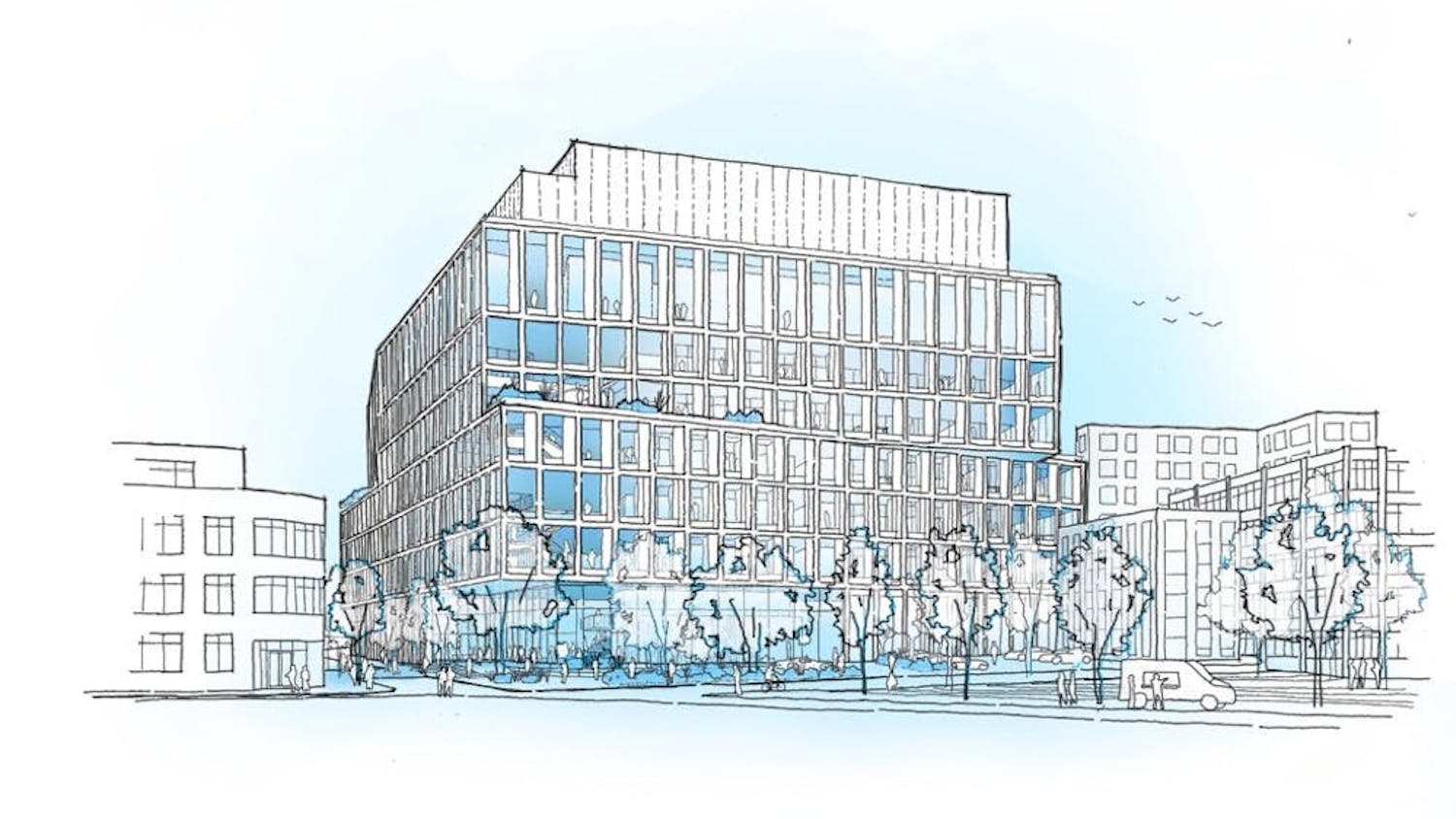The state's public higher education system — though enjoying strong student demand — is feeling the squeeze of insufficient state funding and bracing for a possible new round of tuition hikes.
At 43,499, enrollment in Rhode Island public colleges and universities is at nearly its highest point ever, and tuition costs stand at record levels. The demand for public higher education has increased nationally due to its relatively low cost, said Jane Fusco, spokeswoman for Rhode Island College. "Even though our tuition has increased over the last several years, it is still far lower than many other New England states,'" she said.
The University of Rhode Island enrolled 16,562 students for its fall 2011 semester. Enrollment has increased over the last several years, with a peak enrollment of 16,628 in 2009.
At RIC, 9,044 students are enrolled this semester, according to data from RIC's Office of Institutional Research and Planning. This figure represents a 1.2 percent decrease from the previous year, though enrollment this semester is at its fourth highest level in the past decade. The college saw its highest enrollment in 2009.
With a current enrollment of 17,893 students, the Community College of Rhode Island is seeing its second highest semester of full-time enrollment, according to the college's website.
"A lot of our students and adults are coming back to re-train and gain new skills," said Richard Coren, director of marketing, communications and publications at CCRI. "Any time there is an economic downturn, I think we see record highs when it comes to enrollment."
Health care-related fields, math, science, secondary education and psychology have been particularly popular in recent years, Fusco said. "These are the areas that students will be looking for training in because that's where the jobs are," Fusco said. "The students tend to go where the job market is most open."
The dual trends of high enrollment and insufficient state support are driven in part by the same factor: Rhode Island's lagging economy. That factor also makes Rhode Island students less able to cope with the tuition hikes that have accompanied increased enrollment.
The state Board of Governors for Higher Education recently recommended a tuition increase for next fall at public colleges and universities: a 9.5 percent tuition increase at URI, a 4 percent increase at RIC and a 7.5 percent increase at CCRI.
Tuition at the individual colleges has increased by up to 47 percent over the past five years, while state funding for higher education has been cut by 30 percent.
"The Board of Governors views an increase in tuition as a last resort," said Michael Trainor, spokesman for the Rhode Island Office of Higher Education.
"The board has an active interest in looking at what other countries and states are doing to hold down the cost of education," Trainor said. "There's a strong feeling that the cost curve needs to be bent down in order to maintain affordability."
CCRI decided not to increase its tuition for the 2010-11 academic year because its administrators expected Rhode Island higher education to receive $13 million in state funding, Coren said. Ultimately, these schools received only $4 million from the state to split between them.
Rhode Island is expected to face double-digit unemployment for the remainder of the decade, Coren said. "So it's our job to do a good job presenting why higher education is important and why we need to be funded by the state."




